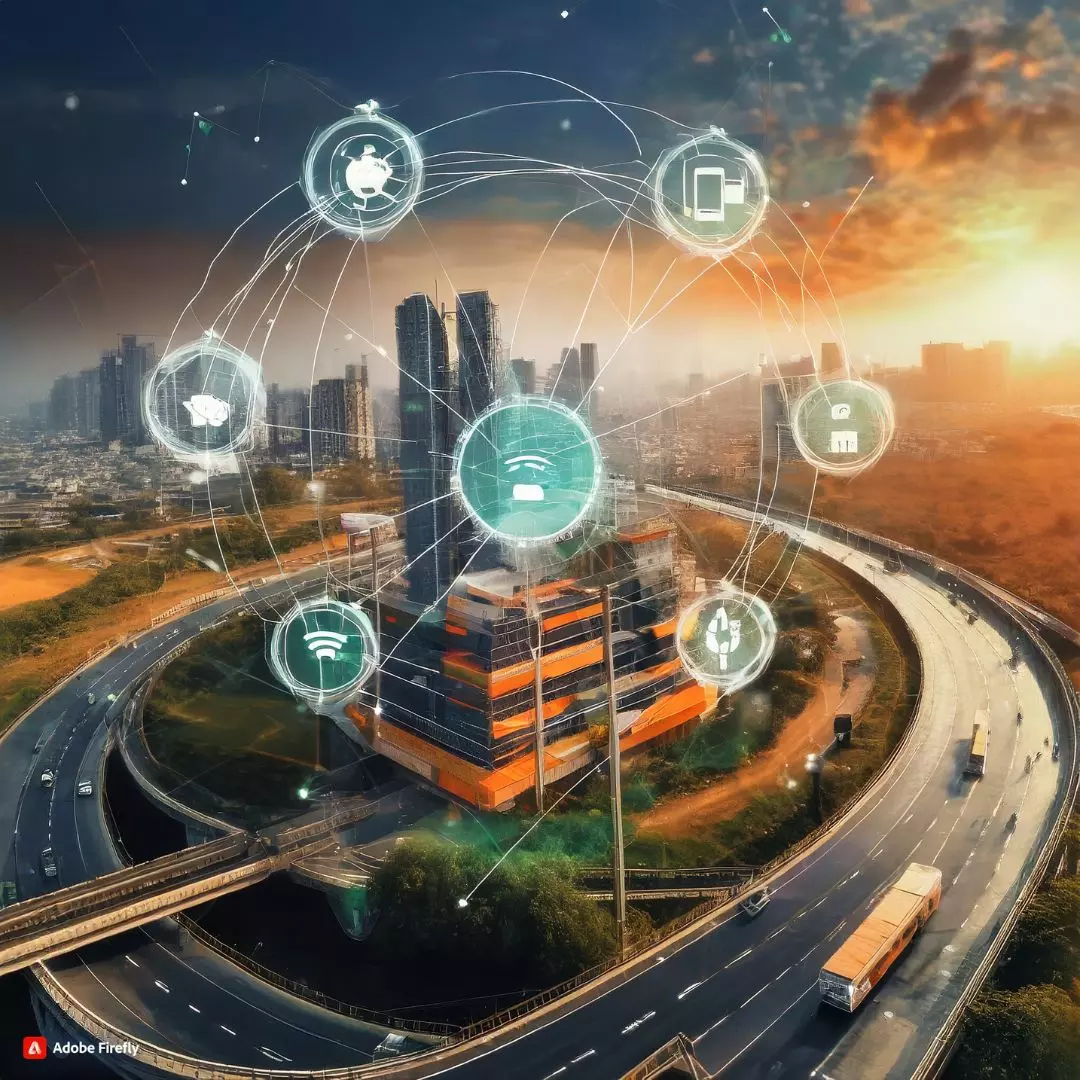Since the advent of computers in 1990, India’s journey towards digitization has been an evolutionary saga, shaping the nation’s economic and social fabric. The globalization of the Indian economy heightened the urgency of embracing digitization, leading to a series of initiatives culminating in the Digital India Mission of 2015. Over the years, milestones such as BharatNet, UIDAI, and Government e-Marketplace (GeM) have not only connected rural clusters but have also streamlined services for citizens. The recent introduction of the Gati Shakti program in 2021 further signifies a digital leap in infrastructure development.
The Digital India Mission initiated in 2015, aimed to integrate ministries for seamless service delivery and make digital infrastructure accessible to every citizen. The BharatNet project has been instrumental in providing last-mile connectivity to rural clusters, fostering economic growth and improving livelihoods. The UIDAI’s biometric-based identification system ensures the efficient delivery of social security schemes, exemplified by the Direct Benefit Transfer program and the PM Garib Kalyan Ann Yojana.
Government e-Marketplace (GeM) has created a common platform connecting farmers and traders, facilitating better rates for agricultural produce. The digitalization of records and access to IT infrastructure to the last mile ensure the strict monitoring of scheme implementations, positively impacting citizens’ lives.
During the COVID-19 pandemic, India’s digital infrastructure played a crucial role in ensuring the continued transmission of data and services, aiding medical assistance and vaccine administration across the country. Programs like Skill India, made possible through easy access to IT infrastructure, have provided industry-related skill training to the youth, contributing to job creation and urbanization.
The introduction of the Gati Shakti program in 2021 signifies a paradigm shift in infrastructure planning. The program acts as a National Master Plan for Multi-modal Connectivity, utilizing a digital administration process to streamline project planning and development, ensuring efficient implementation at reduced cost and time. It facilitates the integration of various infrastructure schemes from different ministries, promoting coordination and cooperation.
The National Monetisation Pipeline, launched in the Union Budget 2022-23, aims to raise US$ 81 billion through asset monetization. This innovative financing scheme involves providing a limited-period license/lease of government-owned assets to private sector entities, generating capital for new asset creation and welfare schemes.
The growth of digital infrastructure in India has significantly impacted service delivery and citizens’ lives. The Gati Shakti program, coupled with the National Monetisation Pipeline, reflects the government’s commitment to efficient infrastructure development. A structured and timely growth in infrastructure is poised to create a positive ripple effect in the economy, aligning with India’s aspirations to become a $5 trillion economy by FY 2028. As the nation continues its digital journey, the convergence of technology and infrastructure promises a future of progress and prosperity for all.
Also Read: Adapting To The Evolution Of Work: The New Era Of Employee-Centric Office Environment













